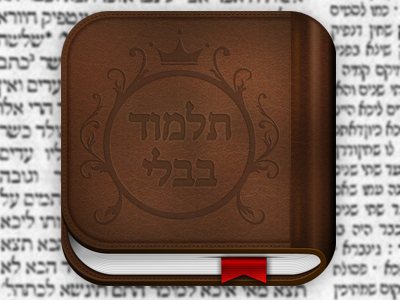
Mr. Seth Dimbert is the Head of Educational Technology and Innovation at Yeshivat Noam, a private Pre-K through 8 Jewish Day School in Paramus, NJ. In this capacity he leads the school’s faculty and administration in the creation and implementation of a comprehensive vision to set the standard for 21st century Jewish education through the integration of secular and Judaic studies, accessibility, tradition and innovation. We thank Mr. Dimbert for allowing us to cross-post this piece that originally appeared on his site: MisterD.net.
A veteran classroom teacher, Dimbert has worked in all levels of formal and informal education. The common denominator in all of his experiences has been finding ways to help students and teachers use technology to produce results which surprise them, their schools and their communities.
He holds a Master of Science in Educational Leadership –earned online of course!–and regularly participates in local, regional and national conferences on educational technology as both attendee and presenter.
A while ago, I had a remarkable conversation with a remarkable teacher about the remarkable things he and his remarkable students are doing with remarkable tools. Can I tell you about it?
The class is Grade 9 Talmud at The Ben Lipson Hillel Community High School and the the teacher is Rabbi Chaim Albert, who is now the Head of the Ben Gamla Charter School of South Broward County. For their unit, Rabbi Albert identified two kinds of learning goals: content goals and skill goals.
- The content goal of the lesson included identifying the tractate, chapter name, chapter number and page number of a particular page of the Gemara, as well as the location of the major commentaries and other content on the page.
- The skill objective was that, given that location information, the student be able to locate a specific piece of content on a specific page among the almost 2,800 pages in the Talmud.
How did Rabbi Albert accomplish these goals?
In a traditional classroom, a teacher would hand out an example page –or, if he or she was more technologically inclined, use an overhead projector or computer to display one– then point out and identify each piece of content on the page. This methodology, with the teacher in the front of the classroom, lecturing to students who sit passively and receive the information, has been the most common approach to this sort of instruction for hundreds of years. It is also, we now know, less effective, since it is not engaging for the student and leads to poor recall of the information presented. Furthermore, it is inefficient, as the teacher must stop teaching to deal with questions, distractions and other interruptions, limiting the entire class to the pace and capacity of the group’s least-capable learner.
This, of course, is not what Rabbi Albert chose to do. Instead of spending thirty or forty minutes of class time on a lecture, he recorded a five-minute video using a free iPad app called ShowMe, which used an image of the page, animated annotations and his voice to describe the page’s features. Total time spent on class preparation: five minutes.
When the students arrived in the room, they picked up their iPads and broke into pairs, or Chavrutot, the traditional study-buddy technique that has been used for Talmud study for centuries. Each pair of students watched the video, pausing when they needed, taking notes, discussing what they learned and asking Rabbi Albert for assistance when needed. Instead of standing in the front of the room and talking at them, Rabbi Albert spent the twenty minutes moving between the Chavrutot, checking on their progress, answering questions, offering tips or insight, and coaching his students in the act of learning.

Once this preparation was complete, Rabbi Albert gave the students a new video to study and, while they were doing that, called each pair up to the front of the room for an oral assessment of their page-navigation skills by handing them an old-school, paper, bound volume of the Talmud and asking them to locate a particular remark by the Medieval commentary Tosfot on a specific piece of Talmud they had never seen. Then, once they located it, he asked them to identify the page’s other main features.
Of the 22 students in the class, 20 scored 5/5 on the assessment; the remaining two earned 4/5 points. Total class time spent: 30 minutes.

Think about what happened here. Rabbi Albert spent five minutes preparing a flipped lesson for his students, who accomplished the lesson’s goals in 30. That’s a student/teacher work ratio of 6:1, meaning that Rabbi Albert is accomplishing more, in less time, leveraging educational technology to maximize his time, engage his students and achieve his goals.
This is an exciting time for Rabbi Albert’s students, the entire faculty at Hillel and learners everywhere.
The confluence of powerful, inexpensive, portable computers; excellent software; and forward-thinking, innovative educators is rapidly changing the landscape of education here at Hillel and wherever talented, reflective teachers are willing to rethink how they do business.



















